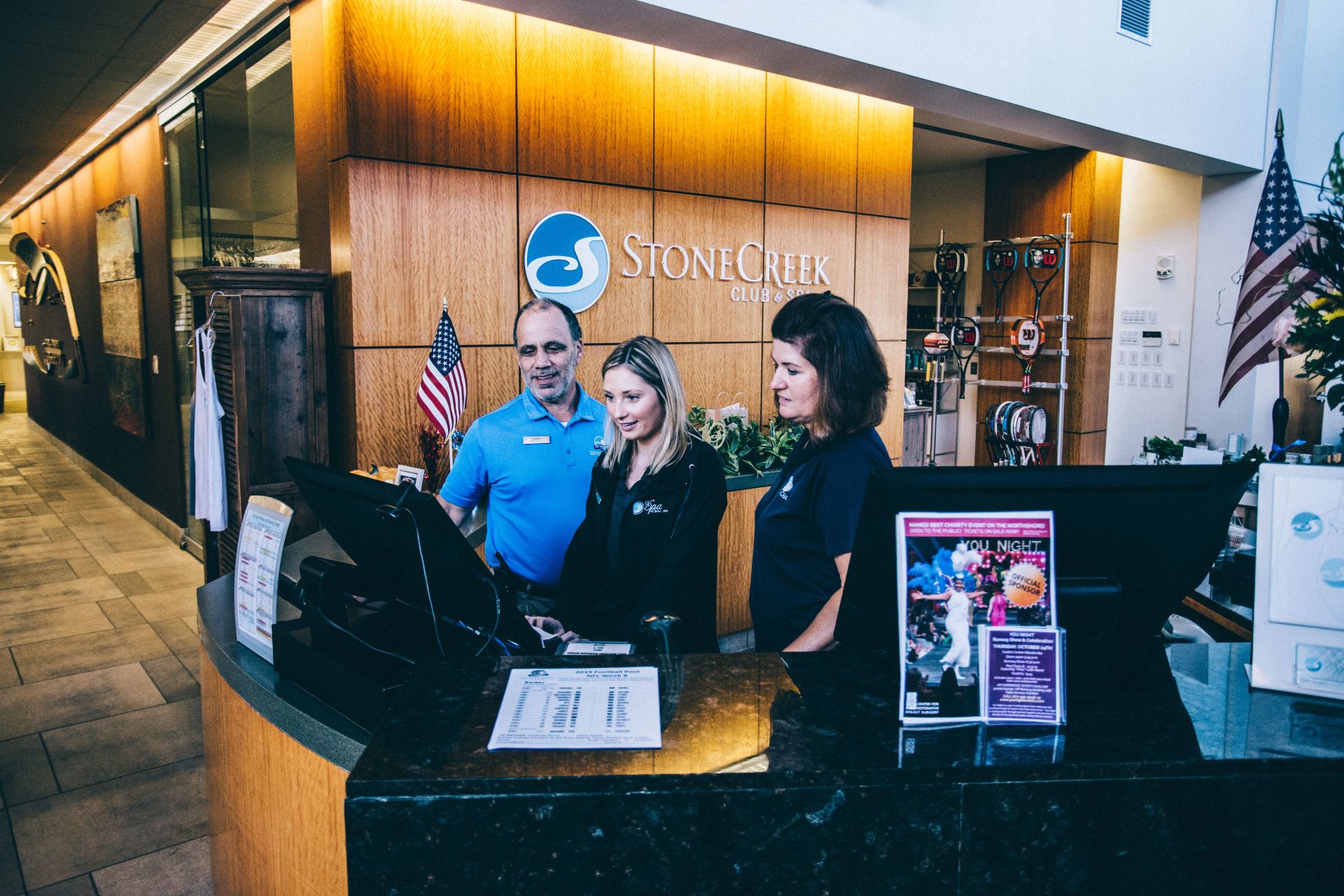WHAT IS EMAIL MARKETING ROI AND WHY DOES IT MATTER?
Email marketing remains one of the best ways to interact with your audience, and your email marketing return on investment (ROI) tells you the profitability of your efforts. Unlike other forms of digital marketing, email marketing is a personal experience that your audience opted into. With content such as ads or social posts, you have to worry about an algorithm preventing users from seeing it in the first place. With email, you get to meet your audience right in their inbox.
Tracking your ROI is important because it tells you not only the profitability of your investment but also how well your emails are performing and if your message is resonating with your audience.
CALCULATING YOUR EMAIL MARKETING ROI
First you will want to know how much you spent on your email marketing campaign and the amount you earned during that campaign. Once you have identified those, you will use this formula to calculate your email marketing ROI:
(Gained – Spent) / Spent = ROI
Subtract the amount spent on the campaign from the amount earned, then divide that number by the amount spent, and you have your ROI.
For example, let’s say in the month of February you spent $250 on your email marketing campaign. You charge $100 for your membership and you gained 10 new members in the month of February, so your ROI will be 300%.
($1,000 – $250) / $250 = $3
UNDERSTAND THE EMAIL METRICS THAT LEAD TO HIGHER ROI
Understanding key email metrics is important to understanding how well your emails are performing and what you’ll want to improve. You want to understand how your emails are performing because ultimately this will break down why you have a high or low ROI.
If you have low performing emails, know what to look for the next time you hit send. You will want to pay attention to:
- Increasing your open rate
- Lowering your bounce rate
- Increasing your click through rate using an effective call-to-action
- Reaching your goal conversion rate
OPEN RATE
Your open rate tells you how many people on your email list clicked into your email. If your open rate is low, there are a few simple steps you can take to improve. First, look at your subject line. Think about what you can do to make it more attention-grabbing and stand out against the flood of emails people receive every day. Next, think about personalizing your subject lines and address your members by name. Lastly, evaluate who the email is coming from. Make sure it is an address that your audience will recognize.
BOUNCE RATE
After evaluating and optimizing your open rate, look at your bounce rate. If it’s high, you will want to take two actions. First, make sure your email lists are clean and up-to-date. Remove any address that produced a hard bounce so you don’t send to them again. Then, make sure you’re being consistent with your sending patterns. Send from the same email address with the same formatting every time.
CLICK THROUGH RATE
Your click through rate will tell you how many of the people who opened your email clicked on your call-to-action, or CTA. This is the step right before your audience leaves the email and hopefully completes the desired action – signing up for a free trial at your club, reading your blog, or whatever CTA you choose for a specific email. If you have a low click through rate, think about how to make it more appealing and attention grabbing. What is going to make them take that extra step to click your call-to-action?
When creating effective CTAs, here are a few things to consider:
- Use words that prompt an action, such as Sign Up Now, Get Your Discount, Save Your Spot, etc.
- Keep it short and eye-catching
- Use buttons with your brand color
- Create a sense of urgency. A couple of examples are Claim This Exclusive Offer or Sign Up Now
- Put your CTA close to the top of the email. It’s better if your audience doesn’t have to scroll to the bottom of the email
CONVERSION RATE
Finally, you will want to look at your conversion rate. At the beginning of your campaign, you set a goal. Your conversion rate will tell you the percentage of people who completed your goal based on the number of emails you sent.
Let’s say your goal is to get people to click on a free trial CTA and you sent out 20 emails that successfully delivered. (Remove emails that have bounced from total emails sent.) You received 5 new member sign ups.
5/20 x 100 = 25%
If you run a campaign and your conversion rates are low, go back through each of the email metrics talked about above and see where there’s room for improvement so you can run your email campaign successfully.
Email marketing is a highly effective way to bring in new members, and it’s even more powerful when coupled with other member engagement strategies like SMS messaging or mobile apps. Learn more by scheduling a demo with our team.



